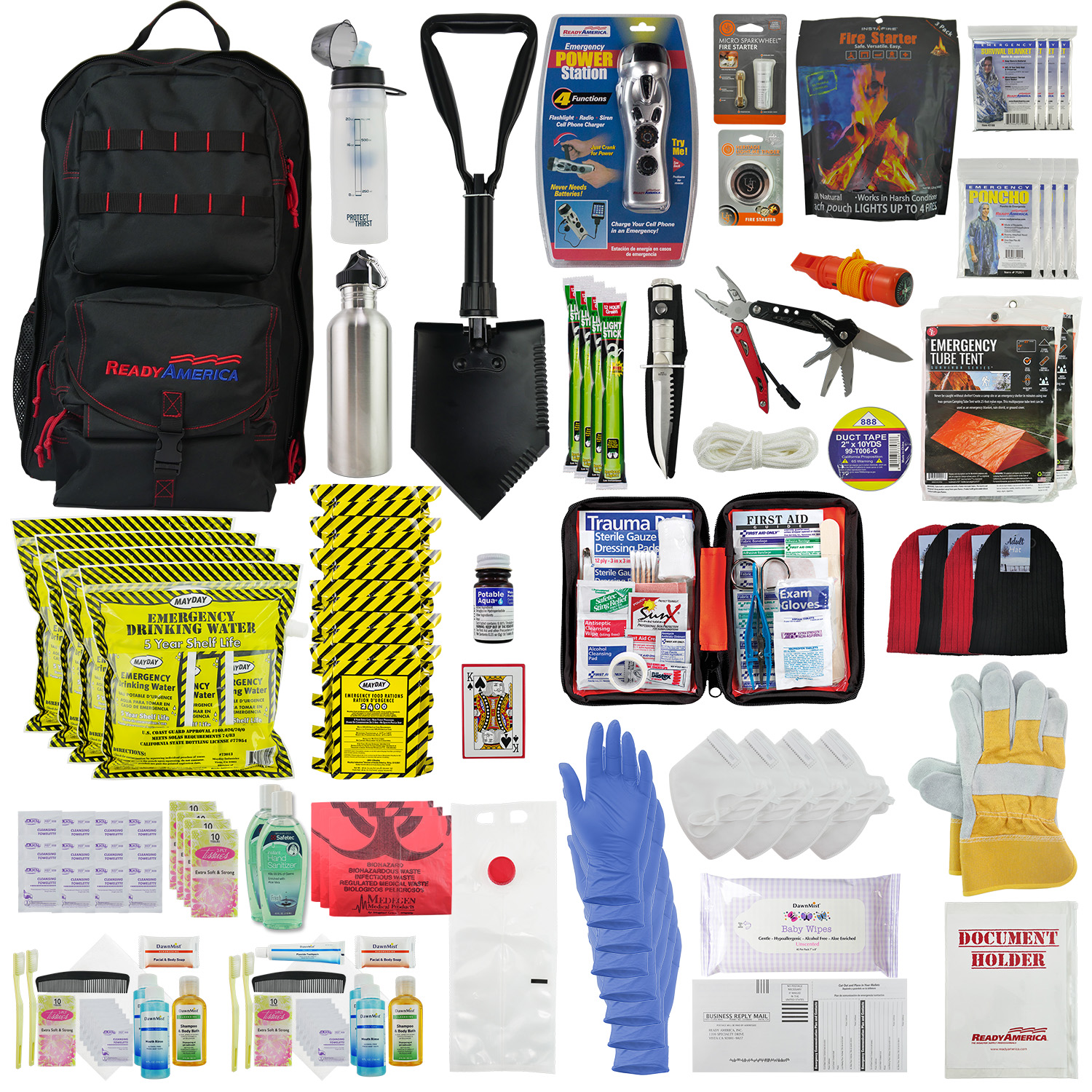Emergency Preparedness 101: Trick Tips to Shield Your Family members
Emergency Preparedness 101: Trick Tips to Shield Your Family members
Blog Article
How to Establish a Thorough Emergency Situation Preparedness Strategy
In the world of readiness, establishing a thorough emergency plan is not simply a job to check off a list; it is a crucial cornerstone of any type of company or individual's durability technique. From natural calamities to unforeseen dilemmas, the ability to expect, reduce, and react properly can indicate the difference in between turmoil and control. By carefully crafting a strategy that addresses different elements of emergency situation administration, including threat assessment, communication methods, resource allowance, and calculated decision-making, one can lay a strong structure for protecting assets, lives, and operations. Nevertheless, the true efficiency of such a plan exists not just in its development yet likewise in its continuous upkeep and adjustment to progressing difficulties and risks.
Value of Emergency Readiness
Emergency situation preparedness is important for mitigating possible dangers and making certain the security of communities and people. In today's globe, where all-natural disasters, public health and wellness situations, and various other emergencies can strike without warning, being prepared can make a substantial distinction in minimizing the effect of these events. By having a well-thought-out emergency readiness strategy in location, individuals and organizations can react successfully, safeguard lives, and minimize residential property damage.
Among the primary reasons why emergency situation preparedness is important is its duty in saving lives. When emergency situations take place, having a plan that describes clear procedures for emergency, interaction, and discharge feedback can assist individuals act swiftly and decisively. This can prevent injuries and casualties by making sure that individuals know what steps to require to remain risk-free
Moreover, emergency preparedness improves the resilience of areas. By fostering a culture of readiness and planning for various circumstances, areas can recover faster from disturbances and calamities. This strength is necessary for keeping stability, continuity of operations, and overall well-being despite difficulty.
Assessing Prospective Risks
Considering the significance of being prepared for unforeseen events, the first action in developing an effective emergency situation readiness strategy involves extensively assessing and assessing possible risks. This analysis needs a comprehensive review of all feasible dangers that might impact the organization, considering variables such as place, market, and historical information on events. By identifying these risks, companies can prioritize their readiness efforts and allocate sources efficiently to alleviate one of the most substantial threats.
Typical risks that companies may encounter consist of all-natural catastrophes like floods, earthquakes, or cyclones, technological hazards such as power blackouts or data breaches, along with human-caused risks like crashes or deliberate acts of violence. Carrying out a threat assessment also involves taking into consideration the prospective impact of these events on the organization's procedures, workers, customers, and online reputation. By carrying out a detailed threat evaluation, companies can develop tailored emergency feedback strategies that address their specific susceptabilities and guarantee efficient readiness for any type of potential situation.
Developing an Interaction Strategy
Creating a clear and comprehensive communication plan is crucial for efficient emergency readiness within organizations. In times of situation, communication plays a vital function in making certain the safety and security and health of workers, stakeholders, and the area. A well-thought-out interaction plan should outline clear lines of communication, designate crucial employees accountable for communication tasks, and establish procedures for distributing details quickly and accurately.
One trick facet of creating an interaction strategy is recognizing main and alternate interaction channels (EMERGENCY PREPAREDNESS). These can include e-mail, message messaging, phone trees, social media platforms, and public address systems. It is important to make certain that these channels are dependable, easily accessible, and regularly checked to assure their effectiveness throughout emergencies

Building an Emergency Situation Package
Provided the essential relevance of preparedness in times of situation, an essential component that organizations need to attend to is the establishment of an emergency kit. When putting together an emergency set, it is vital to consider the particular demands and circumstances of the organization. Additionally, companies should include vital papers, such as get in touch with lists, insurance coverage details, and emergency situation feedback strategies, in water-proof containers within the set.
Developing Discharge Treatments
To make certain the security and organized evacuation of workers throughout emergencies, organizations have to establish reliable and clear discharge treatments. Emptying procedures must encompass a range of potential scenarios, consisting of fires, all-natural calamities, or other emergency situations that require quick discharge.

Furthermore, organizations ought to develop a system for audit for all workers throughout an evacuation to make sure that everyone has actually safely exited the facilities. Communication plays an essential role Read Full Report in emptying treatments, with clear instructions on exactly how to leave and when to do so. Routine review and updating of discharge procedures based upon comments and altering scenarios are vital to maintaining the effectiveness of the plan.
Verdict
Finally, developing a comprehensive emergency situation preparedness plan is vital for making certain the safety and security and health of individuals in the event of a disaster (EMERGENCY PREPAREDNESS). By analyzing prospective threats, creating a communication plan, building an emergency situation set, and developing emptying companies, people and procedures can be much better furnished to react effectively to emergency situations. It is important to prioritize preparedness efforts to mitigate the effect of disasters and secure lives and building
In the world of preparedness, developing a comprehensive emergency strategy is not simply a job to examine off a listing; it is an essential cornerstone of any type of company or individual's durability technique. When emergency situations occur, having a strategy that lays out clear treatments for interaction, evacuation, and emergency feedback can aid individuals act quickly and decisively. get redirected here. By performing a thorough risk assessment, companies can establish tailored emergency reaction strategies that resolve their details susceptabilities and guarantee effective readiness for any potential crisis
Creating a comprehensive and clear communication plan is vital for reliable emergency readiness within organizations. By examining prospective dangers, creating an interaction strategy, constructing an emergency situation kit, and developing emptying people, treatments and organizations can be much better geared up to react properly to emergency situations.
Report this page